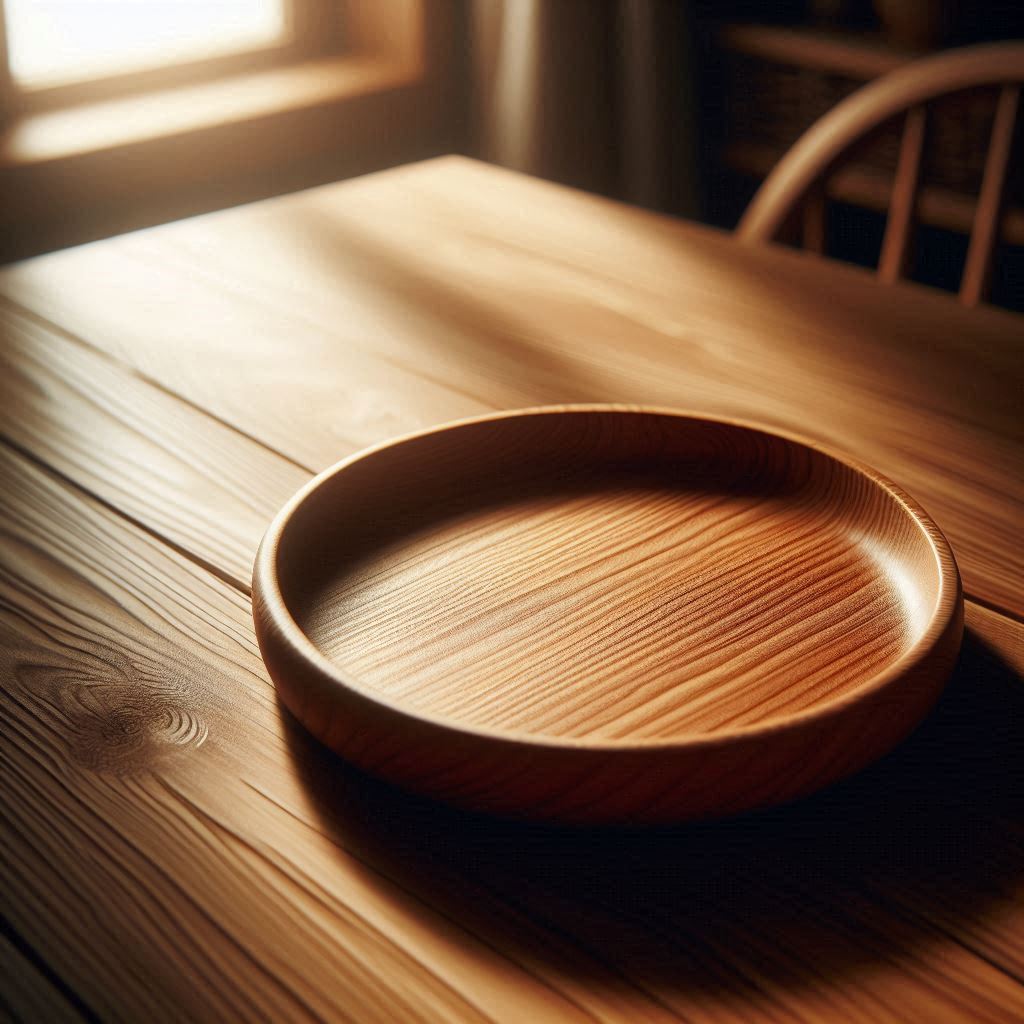Contaminated surfaces are one way that viruses, like the coronavirus that causes COVID-19, can spread from person to person. However, is it possible for some surfaces to lower the danger of this kind of transmission without using home disinfectants? Certain species of wood are more successful than others in lowering infectivity due to their inherent antiviral qualities, which can shorten the amount of time viruses remain on their surface, according to research published in ACS Applied Materials & Interfaces.
Non-enveloped viruses, such as enteroviruses connected to the common cold, can survive for weeks, sometimes even after surfaces are cleaned. Encased viruses, such as the coronavirus, can survive on surfaces for up to five days. According to earlier research, wood possesses antimicrobial and antifungal qualities, which make it a perfect material for cutting boards. Varpu Marjomäki and colleagues set out to investigate if wood had the potential to inactivate viruses, as this has not been well investigated.
The duration of viral infectiousness on the surface of six different species of wood Scots pine, silver birch, grey alder, eucalyptus, pedunculate oak, and Norway spruce was examined by the researchers. They filled a petri dish with grown cells and used a liquid solution to wash the surface of a wood sample at various intervals to measure viral activity. They counted the number of virus-infected cells, if any, after incubating them with the solution.
Their experiments using an enveloped coronavirus revealed that oak and eucalyptus require two hours, whereas pine, spruce, birch, and alder require one hour to totally inhibit the virus’s capacity to infect cells. Pine had the quickest antiviral activity, starting to act after just five minutes. In second place, spruce had a precipitous decline in infectivity after ten minutes.
The scientists discovered that following incubation on oak and spruce surfaces, a nonenveloped enterovirus lost its ability to infect people in around an hour, with oak showing an onset time of 7.5 minutes and spruce showing an onset time of 60 minutes. After four hours, the infectivity of the virus was decreased by pine, birch, and eucalyptus, but alder exhibited no antiviral activity.
Also, Read| Blood Markers can detect rare forms of dementia and neurological diseases
The researchers concluded that the antiviral properties of wood are mostly due to the chemical makeup of its surface based on the data from their investigation. These results, they add, indicate that wood is a possible choice for natural, sustainable antiviral materials, even if further research is needed to pinpoint the precise chemical processes underlying viral inactivation.
Source: ACS Pressroom
Journal Reference: Sailee Shroff, Anni Perämäki, Antti Väisänen, Pertti Pasanen, Krista Grönlund, Ville H. Nissinen, Janne Jänis, Antti Haapala, and Varpu Marjomäki. Tree Species-Dependent Inactivation of Coronaviruses and Enteroviruses on Solid Wood Surfaces. ACS Applied Materials & Interfaces 2024 16 (23), 29621-29633 DOI: 10.1021/acsami.4c02156
Last Modified:






